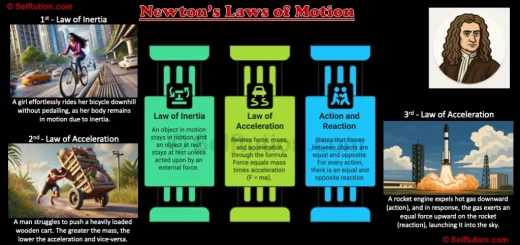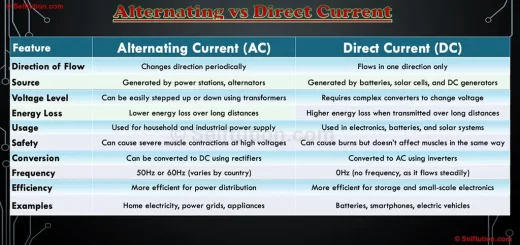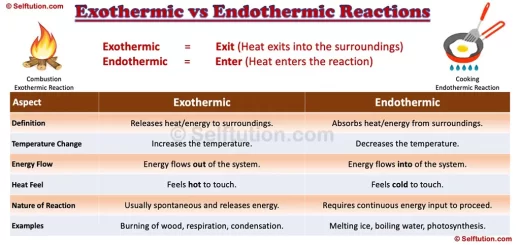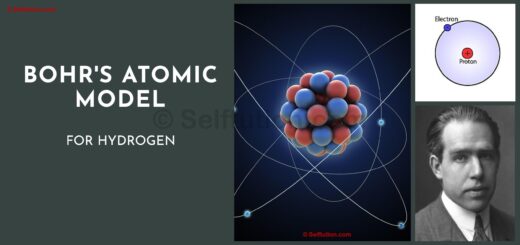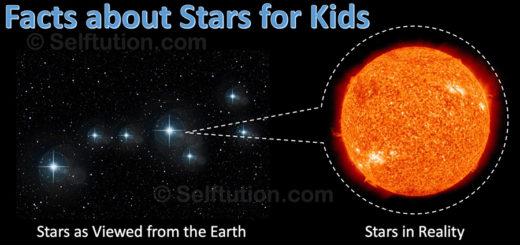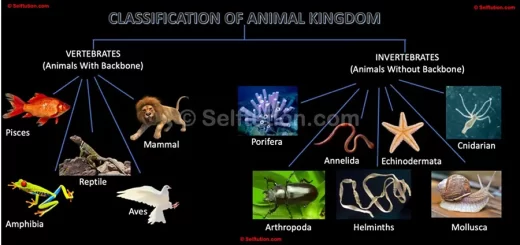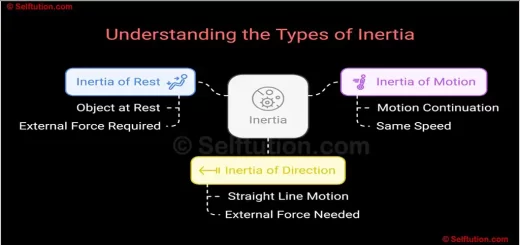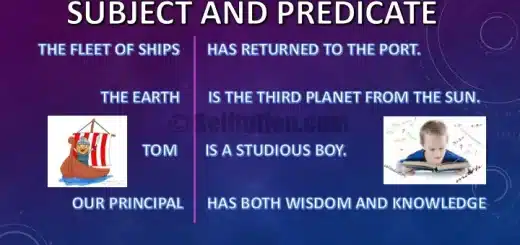Difference Between Rest and Motion With Examples
In physics, rest and motion are two different states of a body. In this post, we will learn about these two states and try to find the difference between rest and motion with simple examples.
Imagine sitting on a park bench, not moving—you’re at rest. Now, picture a car driving by—that’s in motion.
Rest means staying in the same place without moving, while motion means changing position over time.
Understanding these concepts helps us see how things move or stay still around us.
A body is said to be at rest if its position does not change with respect to its surroundings. Whereas, when the position of a body changes with respect to its surroundings, it is said to be in motion.
The state of rest and motion of the body is relative to each other. A body can be both at rest and in motion simultaneously.
Difference between Rest and Motion
Topics Covered:
- State of Rest with examples
- Definition of Rest in Physics
- State of Motion with examples
- Definition of Motion in Physics
- Rest and Motion are Relative
REST
Rest refers to a state where an object does not change its position relative to its surroundings. If we look around us, we observe that many objects do not appear to move. Thus, we consider them in a state of rest.
Examples of the State of Rest:
- A book kept on the table will not change its position if it is not disturbed. So, it is in a state of rest.
- Similarly, a bench in a park fixed under a tree does not change its position, so it is at rest.
Therefore, when a body’s position relative to its surroundings remains unchanged over time, it is said to be at rest. Understanding this concept helps us recognize objects in the state of rest or motion.
Definition of Rest in Physics
A body is said to be at rest if its position does not change with respect to a fixed points in its surroundings.

Examples of the state of rest
MOTION
Motion refers to the state in which an object changes its position relative to its surroundings. Unlike objects at rest, we observe many things moving from one place to another. Examples include a flying bird, a moving bus, a boy playing football, an oscillating pendulum of a wall clock, a moving train, a sailing ship, and a walking man. These objects are all in motion because they continuously change their positions relative to a fixed point called the reference point.
Examples of Motion:
- When a moving car changes its position relative to a tree or a lamp post by the side of the road, it is said to be in motion.
- Similarly, a flying bird is in motion as it changes its position relative to stationary objects like trees.
Therefore, when the position of a body relative to its surroundings changes over time, the body is said to be in motion. Understanding motion helps us recognize and describe the movement of objects in our daily lives.
Definition of Motion in Physics
A body is said to be in motion if its position continuously changes with respect to its surrounding changes with time.

Examples of the State of Motion
One more example of rest and motion:
Imagine you are sitting on a railway platform, looking at a tree nearby. The tree is at rest because it does not change its position relative to you. No matter how long you sit there, the tree stays in the same spot, indicating that it is not moving. This is what we call being “at rest” because its position remains constant over time relative to you.
Now, picture a train passing through the station. Unlike the tree, the train is in motion because it continuously changes its position relative to you. As the train moves, it travels from one point to another, never staying in the same place. This constant change in position means the train is moving. By observing the train’s changing position compared to the stationary tree, we can easily understand the concept of motion.
Click here for a video explanation
REST AND MOTION ARE RELATIVE
A body can be both at rest and in motion simultaneously. This is because a body can be in motion relative to one set of objects while being at rest relative to another set of objects. Thus, rest and motion are relative concepts. To better understand the relativity of rest and motion, let’s examine a few examples.
Examples of relativity in rest and motion:
- Imagine you are lying on your bed. You are at rest relative to all the objects in your bedroom. However, your room is on Earth, and the Earth is not at rest. The Earth revolves around the sun, taking one year to complete a revolution. Therefore, you are also moving around the sun along with the Earth.
- Next, think about a boy sitting on a bench in a park, watching a bus pass by. To the boy, the bus is in motion, while the trees in the park appear to be at rest. This is because the bus is changing its position relative to the boy, while the trees are not. However, for a boy sitting inside the bus, the perspective changes. The trees and the boy outside the bus seem to move in the opposite direction, while the roof and the bus driver appear to be at rest. This demonstrates how motion and rest depend on the observer’s point of view.
- Similarly, consider two trains moving at the same speed and in the same direction on parallel tracks. Passengers inside either train perceive the other train as stationary because there is no relative motion between them. Both trains move together, so the passengers do not see any change in position between the two. This further illustrates how objects can be perceived at rest or in motion depending on the observer’s frame of reference.
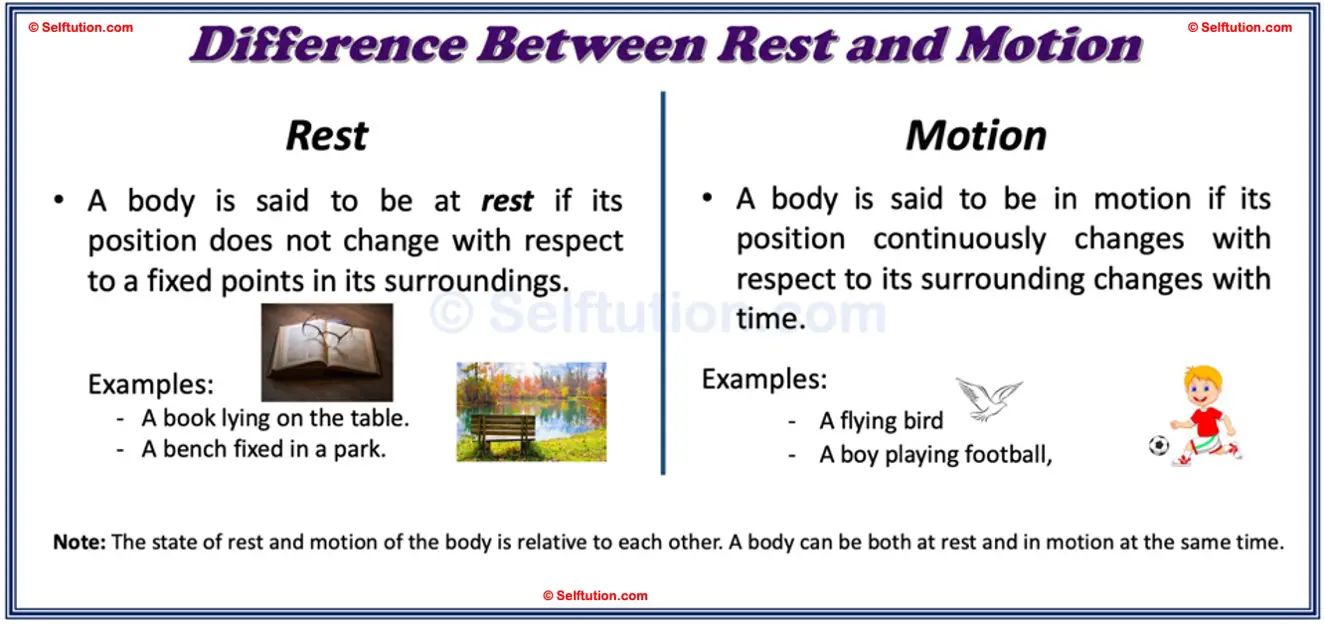
Difference between the state of rest and motion with examples
Difference between rest and motion: Conclusion
In conclusion, the concept of rest and motion is relative and depends on the observer’s perspective and the reference point. We’ve seen through various examples how a body can be in motion relative to one set of objects while simultaneously appearing at rest relative to another set of objects, provided they move at the same speed and in the same direction. This relativity emphasizes that it is the observer and their surroundings that determine whether an object is considered at rest or in motion. Whether a tree is stationary or a bus is moving depends on who is observing it and what they are comparing it to. Understanding this relativity helps us grasp the dynamic nature of motion and the significance of perspective in describing the state of objects around us.
